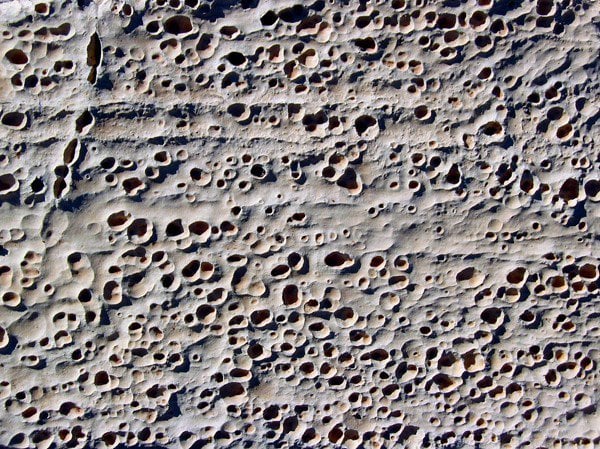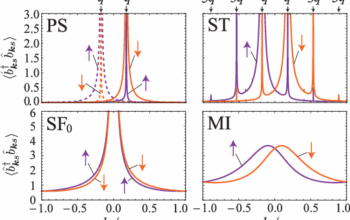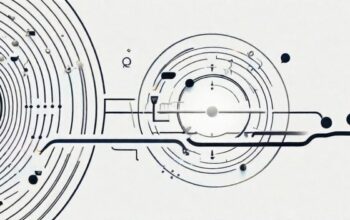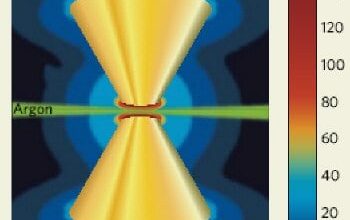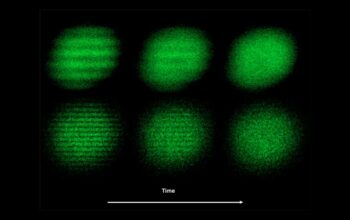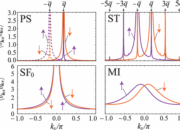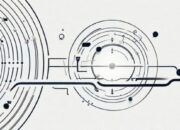Fossilized raindrops, often regarded as mere curiosities, simultaneously serve as remarkable artifacts that bridge the temporal chasm between contemporary observations and ancient atmospheres. These minuscule yet significant sedimentary features unveil a narrative embedded in layers of geological history. Each fossilized raindrop, encapsulated in sedimentary rock, offers an invaluable glimpse into climatological conditions, revealing not just meteorological patterns, but also the dynamic transformations of Earth’s atmospheric conditions across eons.
The genesis of fossilized raindrops is a phenomenon that elucidates the interplay between precipitation and geological processes. Raindrops falling onto a soft substrate, such as mud, leave behind imprints that can later become fossilized under the right conditions—primarily involving the preservation of organic material in the sedimentary matrix. The morphology of these raindrop impressions, which may vary from diminutive spheroids to larger elliptical forms, often reflects the size and velocity of the falling droplets. This morphometry is not merely decorative; it conveys essential quantitative data about the atmospheric composition and conditions at the time of their formation.
These minute stratified structures are not isolated relics but rather a chorus of evidence harmonizing with other geological indicators, such as palynological records and sedimentary textures. Collectively, they manifest the climatic milieu of the era, presenting a tableau of past environmental shifts that frequently correlate with documented geologic events. The fossilization of raindrops serves as a testament to the potential for climatic proxies to inform our understanding of prehistoric ecosystems, elucidating how ancient organisms may have adapted to their environment.
Intriguingly, fossilized raindrops can reflect periods of significant climatic upheaval. Investigations into sections of the geological record marked by fossilized rain impressions have revealed insights into episodes of intense weather changes, suggesting fluctuations between arid and humid conditions. For instance, the presence of abundant fossilized raindrops in certain stratigraphic layers may imply a once-thriving aqueous atmosphere, conducive to life forms that flourished in lush, verdant ecosystems. Conversely, the scarcity of such features in adjacent layers can offer evidence of desiccation events, akin to a painter’s palette transitioning from greens to browns.
Moreover, the examination of fossilized raindrop impressions can be compared to analyzing a book wherein each chapter unveils a facet of the climatic dialogue. For instance, during the Mesozoic era, a time noted for its warmth and elevated levels of carbon dioxide, the fossil evidence of raindrops suggests a markedly different precipitation pattern than what we observe today. In such ancient contexts, the frequency and intensity of rainfall, as evidenced by the fossil record, underpin significant shifts in biogeography and species distribution. Thus, these raindrops resonate with the echoes of time, each one encapsulating a moment where atmospheric conditions influenced terrestrial biodiversity.
The geographical distribution of fossilized raindrops also plays a crucial role in understanding paleoclimate. Specimens found in equatorial regions, typically characterized by voluminous rainfall, differ dramatically from those discovered in formerly arid zones. This disparity not only offers insights into the former climatic conditions but also prompts inquiry into the migration of ecosystems in response to global climatic change. The emergence and decay of ancient habitats brought about by shifting climatic conditions can be traced through the stratigraphic occurrences of these fossilized impressions, revealing intricate relationships amongst flora, fauna, and their environment.
The implications of fossilized raindrops extend beyond merely charting ancient weather patterns; they challenge contemporary paradigms regarding climate stability and variability. By juxtaposing past climates with current trends, one can speculatively ponder the resilience of ecosystems to anthropogenic influences. Fossilized raindrops serve as poignant reminders that climate is a dynamic continuum, where stability is often an illusion underlying much temporal turbulence. They compel us to reflect upon how our current global climatic shifts echo the turbulence of ancient epochs.
In addition to their scientific significance, the aesthetic allure of fossilized raindrops captures the imagination, rendering them a unique appeal among paleontological specimens. The intricate patterns that form upon the sediment’s surface are akin to an artist’s delicate brushstrokes, inviting observers to ponder the artistry of nature over the eons. They narrate a silent yet pervasive story of Earth’s past, secluded within layers of rock, awaiting discovery.
This dual role, both scientific and aesthetic, amplifies the fascination surrounding fossilized raindrops. Whether one approaches these geological relics as a researcher or a curious observer, the raindrop fossils beckon us to enter a conversation spanning millions of years. Consequently, as we delve deeper into the understanding of these phenomena, we unearth not only the climatic conditions of yore but also the interconnectedness of life across the ages, a web woven by the forces of nature.
In summation, the saga of fossilized raindrops encapsulates profound insights into ancient climates and the atmospheric transformations that shaped them. They stand as crystalline reflections of Earth’s climatic history, embodying the intricate relationship between precipitation, geology, and biodiversity. By exploring the narratives inscribed within these delicate imprints, we not only navigate the pathways of our planet’s climatic evolution but also garner valuable perspectives that may aid in our understanding of contemporary climate dynamics. As we survey the horizon of Earth’s climatic past, let us observe with curiosity, for the whispers of ancient raindrops continue to resonate in the annals of time.
